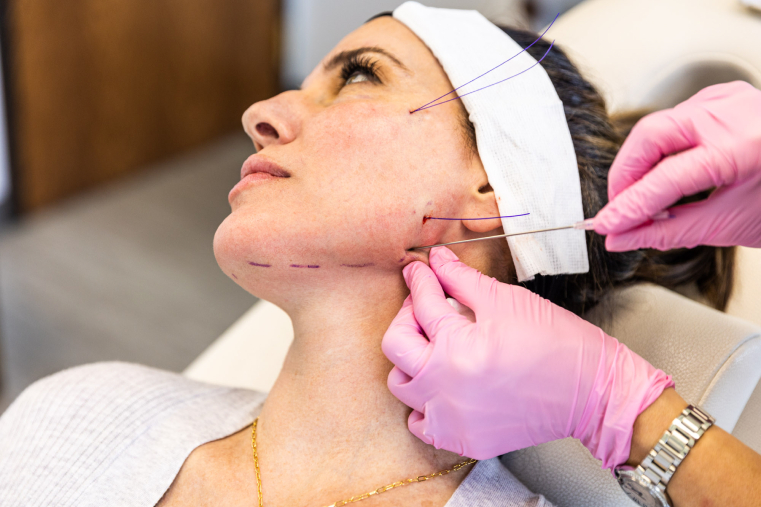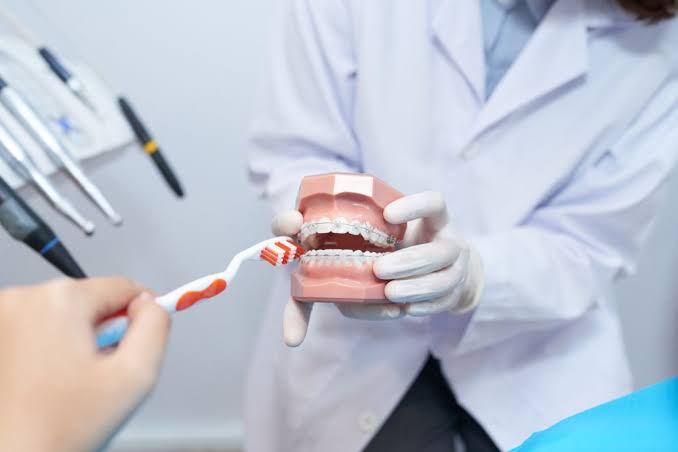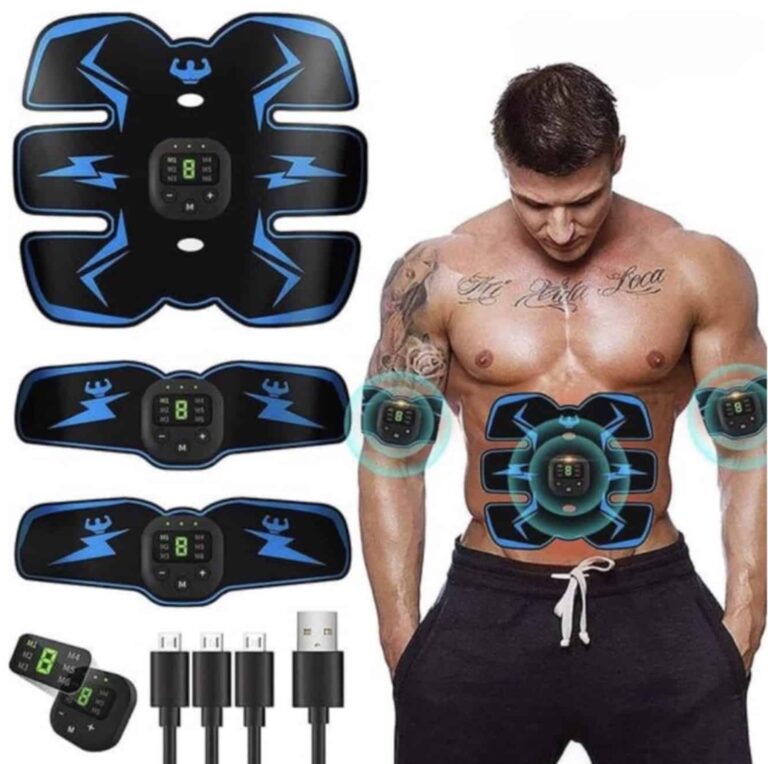What Is the Role of Threading in Modern Skin-Lifting Techniques?
Threading is now a big hit in skin-lift treatments. It’s not like the surgeries people knew about before. This method can make your skin tight and fresh. It doesn’t require any hard surgery. Threading also boosts collagen in your skin for quick and lasting effects. This blog will talk about how threading helps lift the skin, the different kinds of threads used, the people who it works best for, and places on the body where it shows its magic of giving back youth-like looks.
How does Threading Work for Skin Lifting?
Threading is a modern approach for lifting and tightening the skin that does not require surgery. During this operation, specialized threads are carefully placed beneath the skin’s surface. These threads form a supportive structure, allowing skin drooping to be raised. The skin is thus retained in a more youthful position. Placing the threads triggers your body’s natural healing response. This treatment generates collagen, which is necessary for firmness and suppleness of the skin. New collagen develops around the breaking threads throughout time to improve the support structure of the skin.
Lifting mixed with collagen stimulation results in a natural, gradual improvement in skin texture and stiffness. You will see visible changes shortly after the brief process; as your skin heals and regenerates over the next few months, you will also experience ongoing improvement.
The Benefits of Non-Surgical Skin Lifting
Threading has the advantage of providing a nonsurgical approach to skin lifting and, unlike conventional facelifts, does not require considerable downtime or incisions. This allows your skin to get a lifted appearance while avoiding the risks and difficulties associated with surgery. Threading also has a much faster recovery time. Most people can return to their regular habits within a day or two. Typically, you will notice little swelling or bruising that will resolve quickly.
Threading also provides speedy results, and you will notice changes immediately after the surgery. Your skin will continue to feel tighter and look younger as collagen forms around the threads over the next few months. Threading is a popular option for persons seeking rejuvenation without surgery due to its effective combination of fast and long-lasting results.
Types of Threads Used in Skin-Lifting
Threading activities allow for the use of a variety of threads with distinct properties. The most typically occurring varieties are PCL (Polycaprolactone), PLLA (Poly-L-lactic acid), and PDO (Polydioxanone). Among these, PDO threading has become somewhat well-known as it promotes collagen formation and dissolves after six months. This makes them suitable for several regions of the face, providing a powerful lifting effect. Conversely, PLLA threads stimulate collagen over time, resulting in a gradual lifting action. Results can last up to two years, so they normally last longer. PCL threads, the newest addition, are valued for their long-term benefits and increased lifting strength. Understanding the variations among these kinds of threads will enable you to select the one that most suits your skin tone. See a qualified practitioner always to find the best line of action for you.
Areas Where Threading is Most Effective
Threading is a versatile approach for skin regeneration that may effectively treat a variety of body areas. Threading is commonly used on the face, particularly the forehead, cheeks, and jawline. Many people use it to tighten loose skin around the jawline or lift drooping cheeks, thereby defining their image. Aside from the face, threading works well on the neck because the skin there might lose elasticity. It improves the appearance of fine wrinkles and crepey skin in this area, adding to the overall youthfulness.
Some practitioners thread on the arms and abdomen to treat loose skin and give it a firmer appearance. This versatility allows threading to address multiple issues in one session, providing a comprehensive solution for consumers looking to improve their skin without surgery.
Who is an Ideal Candidate for Threading?
Because not everyone is a suitable candidate for threading, it is critical to understand the best characteristics for this procedure. Typically, the ideal candidates are those who want to seem elevated and have mild to moderate sagging skin. Another aspect is age. People in their late 30s to early 60s usually see the most benefits since their skin retains some suppleness but starts to droop. Skin type and overall health are also important factors to consider.
Candidates should have realistic expectations about what threading can accomplish. Although threading can be quite beneficial, surgical facelifts are not a viable option for severe drooping. Finally, consulting a trained practitioner will help you decide whether threading is right for you. They can analyze your skin condition and discuss your goals to ensure you receive the best therapy possible.
Conclusion
For individuals seeking skin rejuvenation without surgery, threading provides a rapid and versatile option. Many people now prefer it because of its benefits—low downtime, quick results, and the ability to treat several places. Understanding the various types of threads and identifying acceptable candidates ensures that consumers make informed decisions about their skin-lifting method. Consult a qualified practitioner to determine whether threading is the best method for achieving your cosmetic goals.
Keep an eye for more latest news & updates on Newsletter Tribune!






